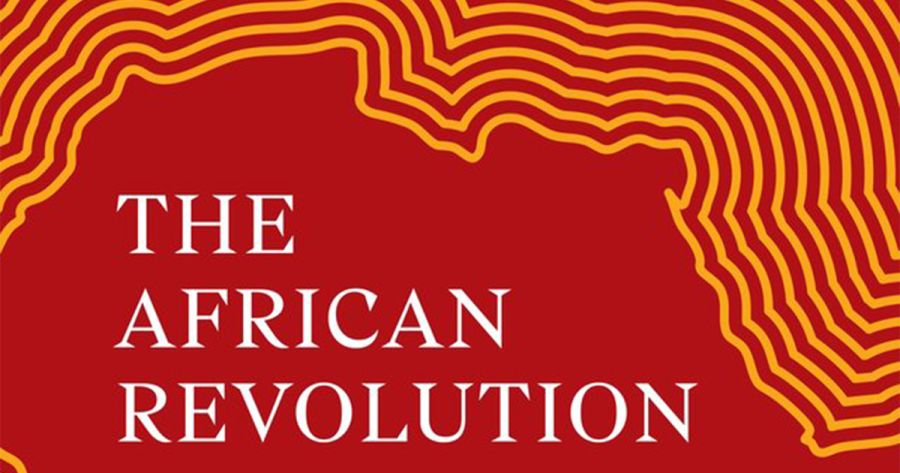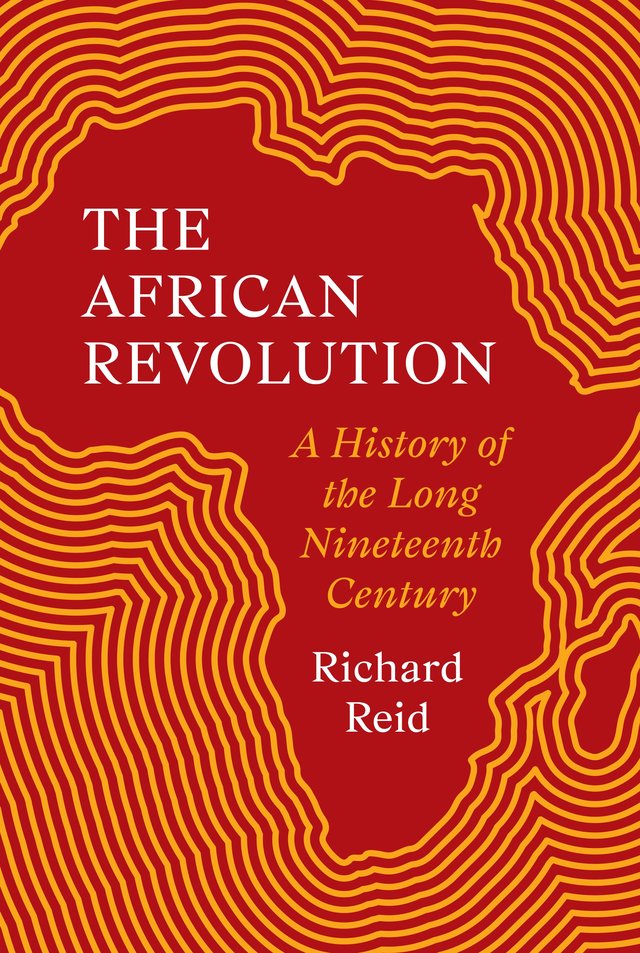
- Free Article: No
- Contents Category: History
- Review Article: Yes
- Article Title: On its own terms
- Article Subtitle: History from a winding African road
- Online Only: No
- Custom Highlight Text:
Richard Reid’s tour de force begins with the story of a single road that ‘ran from the Indian Ocean coast, ascending the lightly wooded, elevated plateau of central-east Africa, through the small but perfectly positioned chiefdom of Unyanyembe, and then onward to the west until it reached Lake Tanganyika’.
- Book 1 Title: The African Revolution
- Book 1 Subtitle: A history of the long nineteenth century
- Book 1 Biblio: Princeton University Press, $59.99 hb, 432 pp
- Book 1 Cover Small (400 x 600):

- Book 1 Cover (800 x 1200):

- Book 1 Readings Link: https://www.readings.com.au/product/9780691187099/the-african-revolution--richard-reid--2025--9780691187099#rac:jokjjzr6ly9m
The road is well chosen and we meet some of the central characters of the book as they walk its route. Among them is Henry Morton Stanley who famously ‘discovered’ David Livingstone near Lake Tanganyika in 1871 while a correspondent for the New York Herald. There is also Hamad bin Muhammed, known as Tippu Tip, the ‘adventurer’, ‘warlord and merchant’, who traded enslaved people and ivory in East Africa and became extraordinarily influential. So too we meet Tom von Prince, born in Mauritius to a British father, who defeated Isike of Unyanyembe in 1893 for the German Imperial forces.
This road is not just important for those who trod it; in the book it is a metaphor for the distinctly African nature of nineteenth-century African history. Reid rightly posits that Africa should be understood on its own terms, not simply as an adjunct to European fantasies, dreams, and expansions, forever understood as a victim of Europe’s more advanced weaponry. The necessity of this approach is clear. In an era when much history seeks to decolonise, it is now widely accepted that this story should be told from an African perspective. Historians have done this in narrower settings but Reid’s contribution sweeps the continent entire.
For Reid, repositioning this story within Africa involves reframing how eras are commonly divided. Using precolonial, colonial, and postcolonial as demarcated eras leaves little room for nuance, let alone agency. Reid brilliantly shows how pre-colonial Africa cannot be understood as simply a ‘warm-up act to what came later’, when European states and the United States met in Berlin in 1884-85 to carve up the map for their own ends. This continent contains diverse separate histories. Africa was already innovating, transforming, and enduring uncertainty before Europeans partitioned it among themselves.
There is a risk at the heart of Reid’s crucial task, however, as he acknowledges. By showing that Africans were undergoing a period of deep uncertainty before European colonisation, there is opportunity in this narrative for those who wish to justify imperialism, arguing that it was not as damaging as other historians have maintained. Reid recognises that his argument might seem to some like ‘thinly disguised colonial apologia’, but suggests this is only true if readers stick to the old tropes in which Africans are either ‘resisters’ or ‘collaborators’. This danger is overcome if we see diverse groups of Africans as fully rounded actors in the events which occurred. Reid maintains that colonisation was ‘part of an ongoing exercise in political, economic and cultural reformation across the continent’, and that in accepting African ‘co-option’ there ‘comes an element of responsibility’.
We could ask – across multiple fields of history – how do we trace subaltern groups’ agency without unintentionally suggesting that these groups are complicit in their own fate? Historians of the transatlantic slave trade faced this dilemma in earlier decades, as exemplified by arguments over the relative culpability of Africans who traded and sold other Africans during this crime against humanity. Closer to home, we meet this dilemma when considering the related story of South Sea Islanders who were carried to Queensland’s sugar plantations: How do we reconcile Islanders as both victims of European kidnapping and at other times acting for their own ends, including by purchasing tools and weaponry?
One way to navigate this tension, as Reid demonstrates, is to understand the power imbalances involved. Recognising African agency does not mean contending that Africans possessed power that was equal to that possessed by the Europeans who arrived. We can also contrast the micro view of individual actors against the bigger picture within which events were occurring. Reid’s book is less successful in this second regard. As is often the case with narratives that seek to reposition, to tell a story from below, the book risks swinging the pendulum too far. The impressive detail of events across multiple African societies, involving African actors, is such a necessary addition, but to what extent did such activity genuinely challenge the heft and scope of the colonial project?
Reid is not claiming a parity of culpability. Yet his narrative does not finally succeed in showing nineteenth-century Africa as truly historically distinct. Martin Meredith, whose works include several histories of Africa across wide arcs of time, has recently argued that Reid’s evidence suggests that Africa before colonisation was in many ways a continuation of what had always been. If, as Meredith argues, Africa had in fact always been transforming and innovating, and was as inherently unstable as many other parts of the world, then the challenge of writing this history goes beyond re-ascribing the eras of Africa from precolonial, colonial, and postcolonial into something less Eurocentric. Africa has to be understood on its own terms, in an altogether more sweeping way.
Reid’s book is a critical intervention and brings much new and needed detail to the field of African Studies. Yet it is worthwhile to return to his description of Henry Morton Stanley as ‘a screwed-up, complicated individual … who seemed, in some ways, to be a kind of distant prototype of all white people who write about Africa’. Reid himself, as he acknowledges, is one of these people. So too is Martin Meredith. So too am I. To give Africa true agency, to tell the story from within rather than from without, is a project that has not been truly achieved until the continent’s own historians’ books sit on the shelves of European, American, and Australian bookshops beside Reid’s and Meredith’s. That may well mean telling the stories from oral histories, from songs, from poems, as well as through mining the colonial archives as expertly as Reid does. Without taking anything away from the achievement of this book, that would be a true African revolution.


Comments powered by CComment